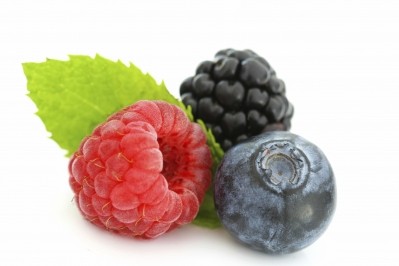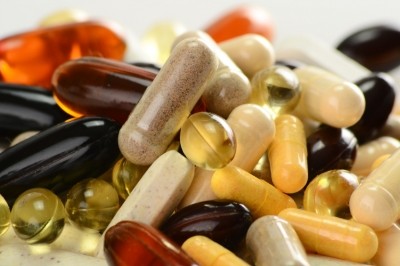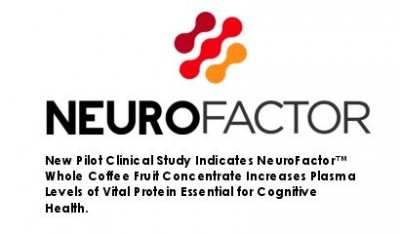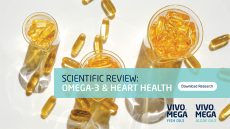Was the USDA right to drop its online ORAC database?
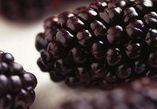
The USDA explained the move on the grounds that in vitro measures of antioxidant capacity are “routinely abused” and “have no relevance to the effects of specific bioactive compounds, including polyphenols on human health”.
Legal headaches
However, one source told NutraIngredients-USA that he suspected USDA’s decision was less motivated by ideology than a desire to avoid legal headaches as the data was increasingly used and abused in advertising and labeling.
On a more practical level, meanwhile, there had been "little enthusiasm" to continue updating the ORAC database following the retirement of former ARS-USDA scientist Dr Ronald Prior, meaning it would have become increasingly outdated if just left alone, he said.
Finally, most of the data in it has been previously published and therefore remained available for citation and/or use in new studies, he pointed out.
No one seems to have mentioned the more direct relevance to its potential use in ‘real life’ in vitro situations
One aspect of the debate that has been overlooked, however, was that even if ORAC data is not considered as a useful indicator of in vivo health benefits, it had clear practical uses, he said.
“No one seems to have mentioned the rather more direct relevance to the potential use of ORAC data in ‘real life’ in vitro situations like assessments of the shelf-life of food products and testing the effectiveness of antioxidant additives to increase shelf life, i.e., where issues of bioavailability, metabolism, and excretion are not relevant factors.”
Ethical Naturals: Rather than throwing out this useful tool, the industry and media should discuss ORAC more accurately
But what do suppliers of ingredients boasting high-ORAC scores think?
California-based Ethical Naturals acknowledged that “ORAC values have been exaggerated and incorrectly linked to unsupported health claims”.
But we shouldn’t throw the baby out with the bathwater, said sales & marketing director Gabrielle Klein: “Just because ORAC has been manipulated, does not negate its usefulness as one measurement system for natural antioxidants.
“Rather than throwing out this useful tool, perhaps the industry and media should discuss and use ORAC testing more accurately.”
She added: “Many compounds with a high ORAC score have been studied, both in vitro and in vivo, and have proven to have powerful benefits in the body; examples include vitamin C, and extracts of whole grape, blueberry and bilberry.
“For example, the ingredients we supply that are standardized for ORAC value are also standardized for polyphenol content, and it is in fact the polyphenols that have been widely researched for their health benefits and upon which any health claims rely.”
VDF Futureceuticals: There is no automatic correlation between a high or low ORAC score and any quantifiable health benefit
VDF FutureCeuticals - which also specializes in antioxidant-packed natural ingredients - said it was “well aware of, and not completely surprised by” by the USDA’s move.
Director of marketing Brad Evers said: “In vitro ORAC measurement represents one of the first scientific attempts to quantify potential antioxidant value among foods, and has served its purpose well in aiding the consumer, the scientific community, and industry in understanding these relative potentials.”
But he added: “Informed consumers and the greater scientific community are increasingly and justifiably skeptical of any claims solely based on in vitro ORAC values. There is no substantial link to human health and, in particular, health conditions associated with oxidative stress that can be directly attributed to ORAC values alone.
“There is no automatic correlation between a high or low ORAC score and any quantifiable health benefit.”
Different methods of in vivo measurement
Meanwhile, FutureCeuticals has “invested significant resources to develop different methods for in-vivo measurement of antioxidant activity and the concentration of free radicals in humans after consumption of fruit and vegetable-based nutritionals”, claimed Evers.
“We are developing validated tests which allow us to measure the ability of natural products to beneficially act against various free radicals of consequence to human health (i.e. hydroxyl, peroxyl, super oxide anion, singlet oxygen, and peroxynitrite radicals).”
Schauss: Database needs to be back in the public domain
Dr Alex Schauss, senior research director at AIBMR Life Sciences, said the ORAC database “needs to be back in the public domain”.
He added: "There is no question that ORAC has been a useful tool for knowledgeable food scientists. It is what tipped me off to look at acai fruit in 1995... Properly used, it can be very useful. Misuse in advertising and marketing violates a key tenet of DSHEA - be truthful and not-misleading."
“I would not say ORAC is routinely misused, [although] a few companies do [misuse the data].
Meanwhile, ORAC “can be an excellent method for quality assurance purposes”, he said.
“A number of companies use it to test raw materials.”
Click here to read about USDA’s decision to drop its ORAC database from its website.
Click here to read more about the latest Packaged Facts report on products making antioxidant claims.
Click here to read about one leading academic's take on antioxidants.
Click here to get a consumer perspective from the IFT Wellness 2012 conference in March.
